As has been the tradition of war since ancient times, in the Russia-Ukraine conflict, Moscow is still the latecomer in the "conflict" race over suicide drones.
However, since 2023, they have turned Kiev's "strength" into an advantage on their battlefield, as well as developed a series of plans and weapons to effectively deal with attacks by Ukrainian suicide UAVs.
The "hare and the turtle" race
Since the outbreak of hostilities in 2022, Ukraine has been the most extensive user of military UAVs, from large ones like the Bayraktar TB2 to small suicide UAVs like the Fire Scout or Phonix Ghost. Most of them were aided by the US and the West.
The trend of using small suicide UAVs like FPVs was also initiated by Ukraine with a series of videos recorded on the battlefield showing high efficiency.
However, Ukraine’s enemy on the other side of the battle line is Russia, a military superpower with a huge defense industry. Realizing the effectiveness and potential of UAVs, especially suicide UAVs, Russia quickly learned and created a large number of attack UAVs - including FPVs - that are superior to the enemy.
According to statistics from Lenta news agency, if the average number of suicide UAVs used by Russia each month in early 2023, verified by video, was around 200-300, then during the peak period at the end of the year, this number reached more than 1,000, or 3-5 times more. Meanwhile, the number of UAVs in Ukraine is decreasing in the context of decreasing aid from the US and the West.
Russia's ability to produce a huge number of UAVs in the context of strict sanctions is thanks to its ability to master and localize.
UAVs are not only produced in factories, many small-scale workshops also participate in the production chain with available design platforms. This is even more convenient when Russia has shifted the entire defense industry to wartime to optimize resources and maximize production.
Just considering the suicide UAV or FPV, from the images published by the Russian media, the plastic parts are produced by 3D printers, the engine and circuitry are made in small workshops. This is the reason why in a short time, Russia can surpass Ukraine in the ability to produce and use suicide UAVs.
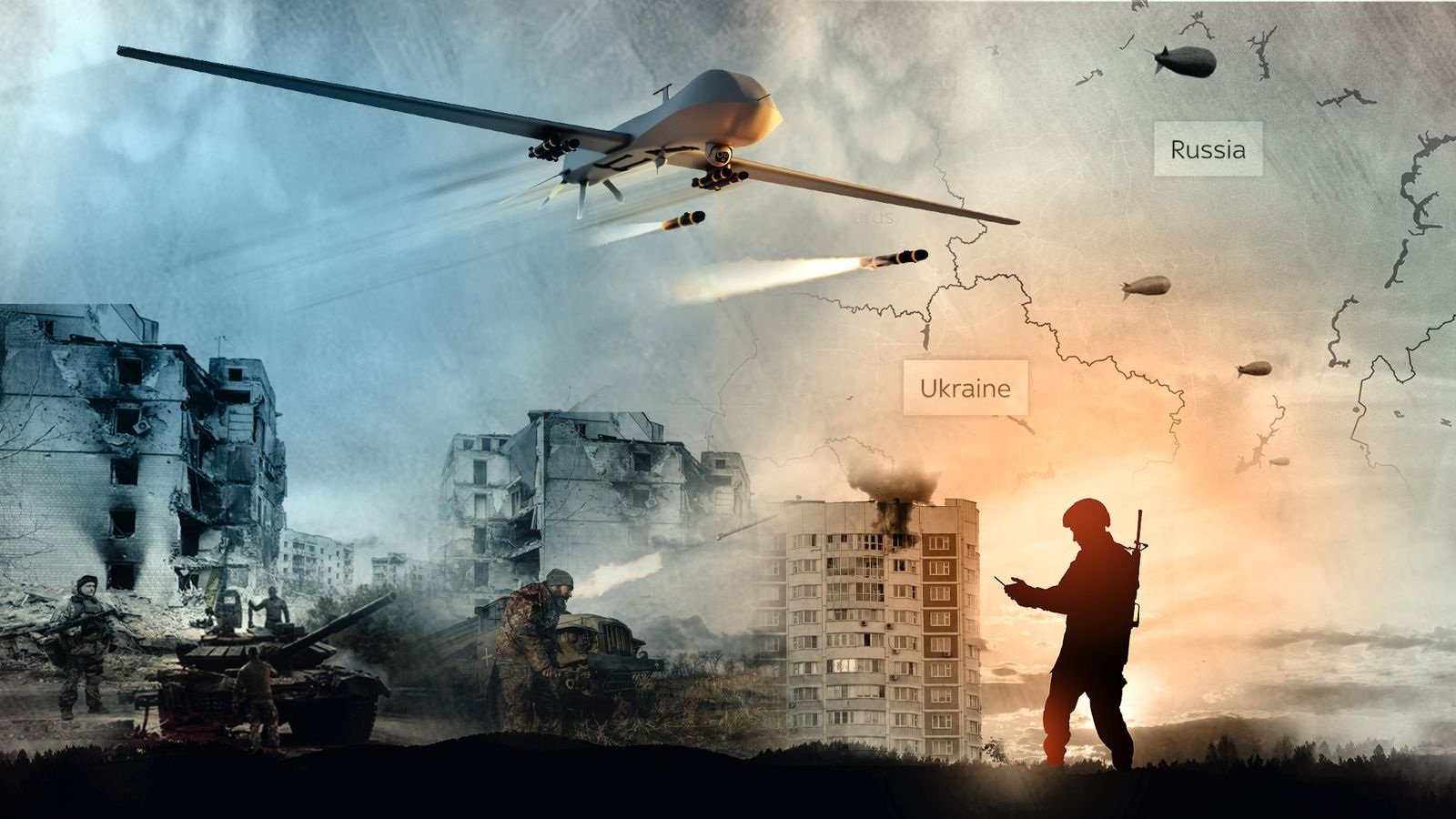
Suicide drones are playing an increasingly important role in the Russia-Ukraine conflict (Illustration: Skynews).
The "contradictory" race in weapons development
According to the usual law of development, if an offensive weapon appears, it will be accompanied by a counter-weapon. That is the law of contradiction.
Regarding suicide UAVs, along with the development of quantity and improvement of quality, both sides - Russia and Ukraine - have built plans to deal with them on the battlefield, from simple things like creating anti-UAV nets or the popular "chicken coop" on the roofs of tanks and armored vehicles.
The use of "grid armor" to protect military vehicles has been popular for quite a long time. In the past, they were used to protect vehicles from kinetic anti-tank warheads.
After the start of the special operations in Ukraine, problems arose to counter anti-tank missiles such as Javelin, NLAW and later suicide UAVs, many types of protective nets were expanded to cover the weak points of the vehicle to limit damage.
The high performance of the Russian Lancet suicide UAV has forced Ukraine to adopt the simplest solution, which is to create a net to cover the vehicle and protect it. The main difference between a suicide UAV and an anti-tank guided missile (ATGM) or RPG is its low flight speed.
If the average flight speed of an ATGM or RPG shot is around 600-900km/h, the speed of a suicide drone rarely exceeds 150-200km/h. In addition, suicide UAVs are often made of lightweight materials or plastic, so high-strength metal meshes are quite effective in stopping them.
"FPVs are widely used on the battlefield in Ukraine by both sides. They are simple and effective weapons, capable of attacking hidden infantry or hitting vulnerable points of armored vehicles.
This type of UAV is characterized by high maneuverability and accuracy, especially if it is controlled by an experienced technician," Maxim Kondratyev, an advisor to the Russian Academy of Engineering, explained in a conversation with Russia Today .
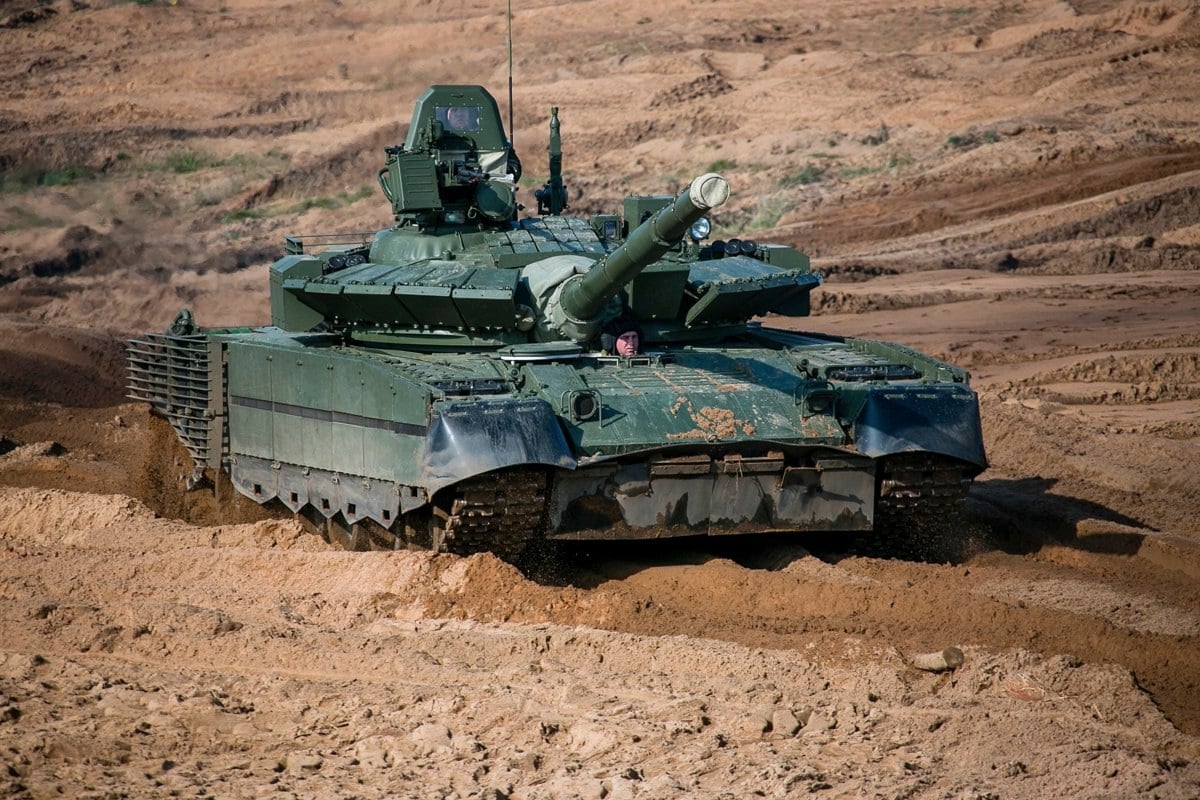
Russian T-80BVM tank (Photo: Wikipedia).
Saniya "shield" protects Russian tanks
T-80BVM tanks of the 9th Motorized Infantry Brigade of the 1st Army Corps, fighting in the Pervomaisky area near Avdiivka, are equipped with the Saniya system. Clips released by the Russian Ministry of Defense show that the system is installed on the tank's roof to create a "defense umbrella", protecting from all sides.
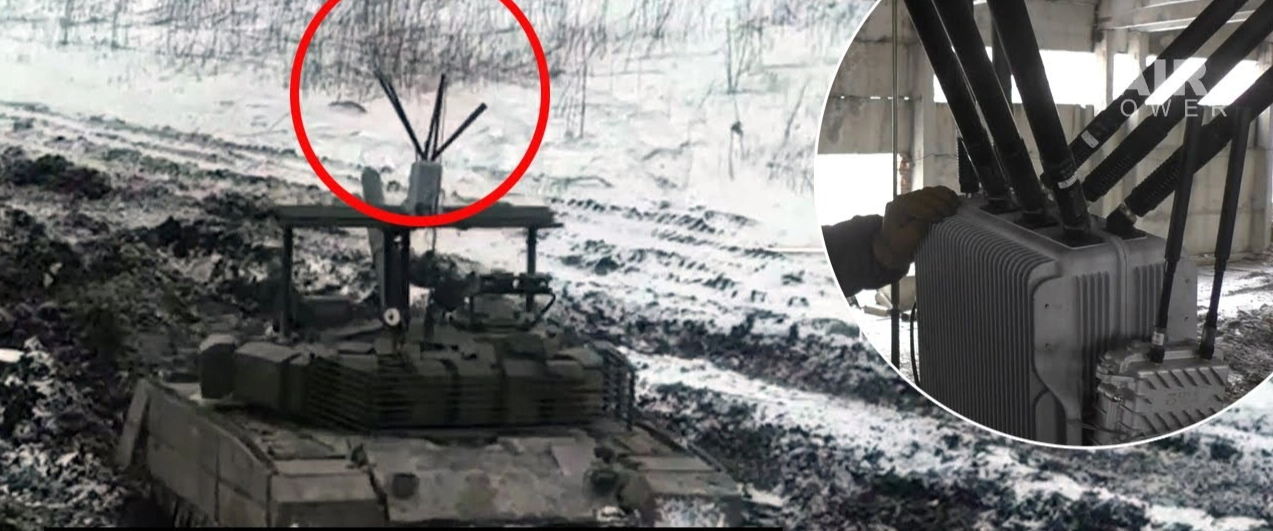
"As I understand it, Saniya is one of them. If the tests are successful, our army will need a large number of such complexes to counter the enemy's FPV-type UAV arsenal," said military expert Yuri Knutov.
According to the military news site Topwar , the Saniya system - developed by the St. Petersburg company 3MX - is designed to protect armored vehicles in special operations zones. Tests have been carried out on tanks since 2023.
The system creates a comprehensive electromagnetic protection umbrella for combat vehicles by detecting UAVs at a range of up to 1.5 km, suppressing and neutralizing them at a distance of 1 km.
The Saniya system is capable of automatically scanning the surrounding space and identifying the presence of UAVs in the control area. It is capable of dealing with not only single targets, but also swarm attacks from enemy UAVs.
The suppression distance depends on weather, terrain conditions and design characteristics of the enemy suicide UAV.
“Before development, the use of FPV drones was carefully analyzed. The operator directs the UAV along the vehicle’s route and, as a rule, attacks the rear part, where the engine is located. Therefore, Saniya is installed at the rear of the vehicle. However, it provides comprehensive protection around the vehicle,” said Sergei Shandobylo.
There will certainly be new types of suicide UAVs that are capable of bypassing Saniya's "defense umbrella" in the future. That means the "contradictory" confrontation will continue as long as the war lasts.
Source




![[Photo] More than 17,000 candidates participate in the 2025 SPT Competency Assessment Test of Hanoi National University of Education](https://vphoto.vietnam.vn/thumb/1200x675/vietnam/resource/IMAGE/2025/5/17/e538d9a1636c407cbb211b314e6303fd)

![[Photo] Prime Minister Pham Minh Chinh chairs meeting on science and technology development](https://vphoto.vietnam.vn/thumb/1200x675/vietnam/resource/IMAGE/2025/5/17/ae80dd74c384439789b12013c738a045)
![[Photo] Readers line up to visit the photo exhibition and receive a special publication commemorating the 135th birthday of President Ho Chi Minh at Nhan Dan Newspaper](https://vphoto.vietnam.vn/thumb/1200x675/vietnam/resource/IMAGE/2025/5/17/85b3197fc6bd43e6a9ee4db15101005b)
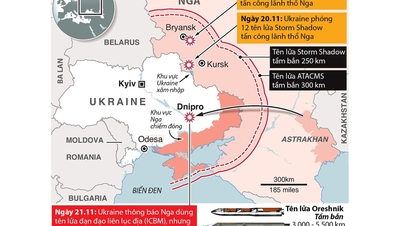

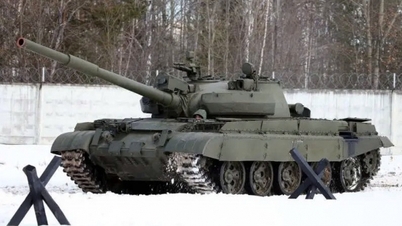

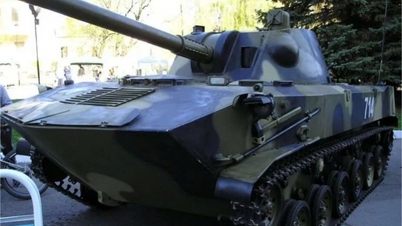

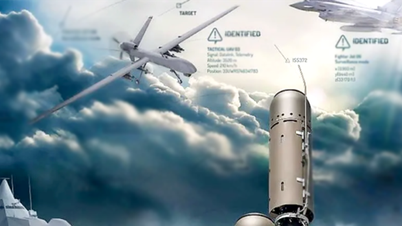


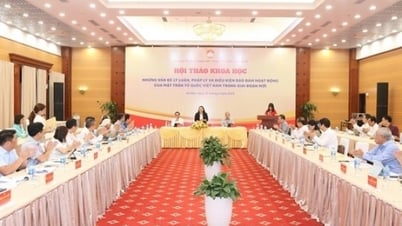

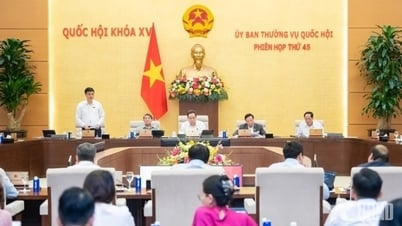
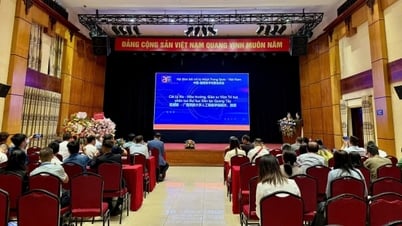
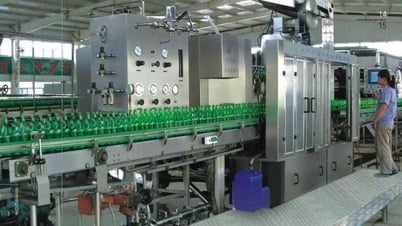







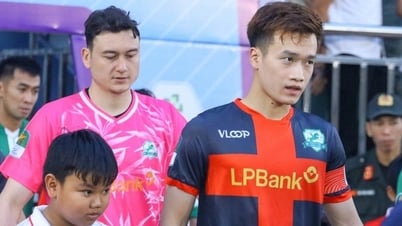

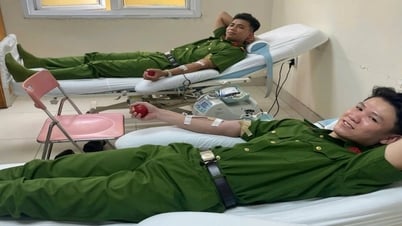

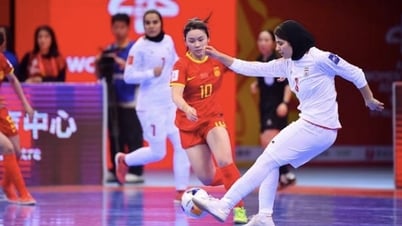
![[Photo] Nearly 3,000 students moved by stories about soldiers](https://vphoto.vietnam.vn/thumb/1200x675/vietnam/resource/IMAGE/2025/5/17/21da57c8241e42438b423eaa37215e0e)






















































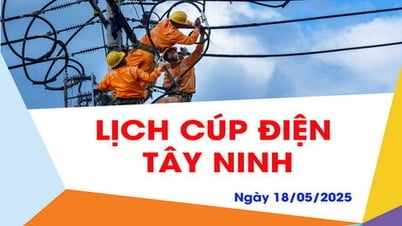














Comment (0)